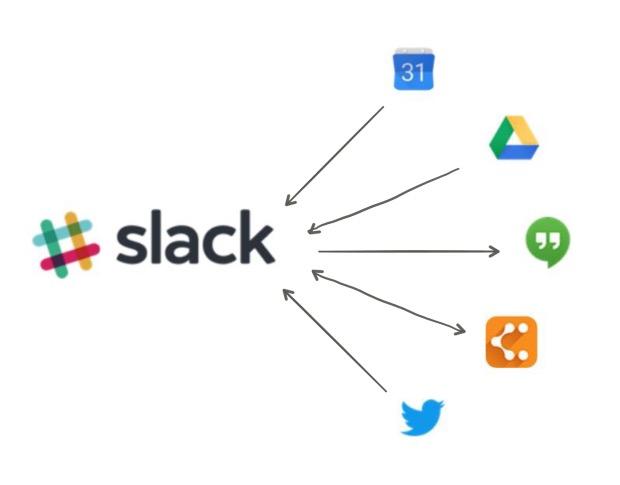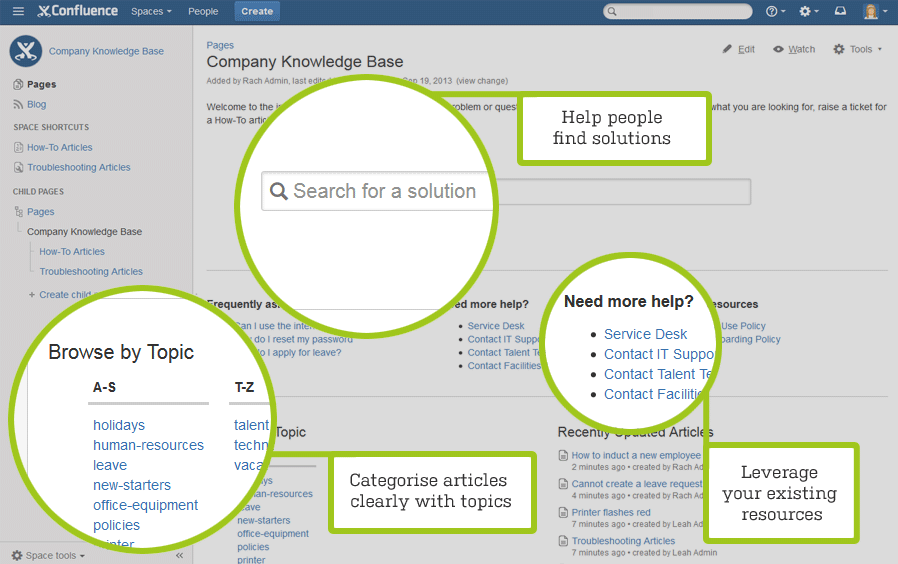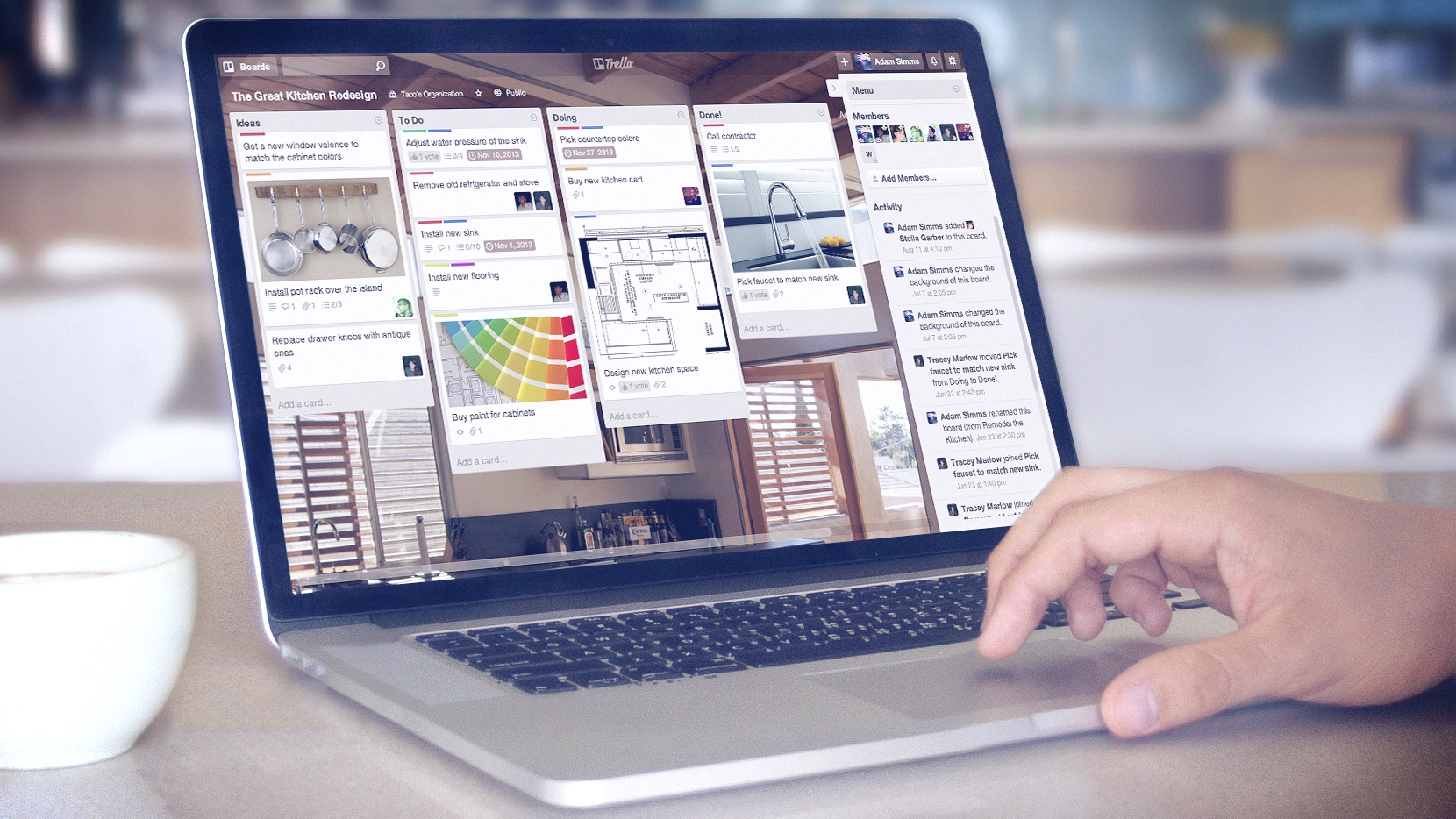Miscommunication is common among both small and large teams, especially when there’s a lack of cohesive work environment. If a business can’t effectively communicate internally among employees, they won’t be able to communicate with their external stakeholders, in turn, failing to meet their business goals.
A recent Harvard Business Review study revealed that teams who adopted digital communications saw a decrease in cooperation unless the company took actionable steps to establish a collaborative culture. People thrive in an environment that allows them to share and participate, which increases productivity, efficiency, and overall job satisfaction. How people work influences the quality of work that is produced, which is why it’s crucial to choose the right tools that fit your teams’ working style and needs.
At Clearbridge, we have a squad-based environment that requires constant communication: both face-to-face and digitally. While our squads are co-located and interact in person the majority of the time, we also use essential team collaboration tools to increase the efficiency of our work and produce quality products. We use these 4 tools which have different styles, and project management structures, to improve our team’s communication:
-
Slack
According to a study by Okta, Slack was the fastest growing cloud app in 2015, with a 77% increase in adoption. The cloud-based team collaboration tool provides channels by organization topic, as well as private groups, and direct messaging. All content is searchable, including files, conversations, and people. Slack is useful for a central channel as it integrates several third-party services such as Google Drive, JIRA, Trello, Dropbox, and over 150 others, which make it easy to share documents and attachments. Slack also allows users to react to any post using emojis, adding another level of communication.
Without team collaboration, we work in isolation and miss out on different perspectives, expertise, and transferable knowledge. At Clearbridge Mobile, we use Slack both internally and externally, inviting our clients to join in on our conversation which encourages transparency and client involvement. It eliminates knowledge silo and enables every member of the team to communicate openly, building connections and helping team members boost productivity.
-
JIRA
When working on large projects across departments, communication is often difficult. JIRA includes Scrum and Kanban boards, Agile reporting, portfolio planning, and much more. It’s an issue tracking tool developed by Altassian, providing bug tracking, issue tracking, and project management functions. JIRA is used as a more general issue tracker rather than a bug tracker, tracking new feature requests, system admin tasks, scrum tasks, and project management for agile teams. It’s used predominantly by development and design teams to track bugs, collaborate on technical issues, formulate story points, and plan sprints.
We work hard to meet important deadlines at Clearbridge and can’t waste time with miscommunication. For us, JIRA helps our team understand how tasks are organized, increasing internal transparency and cohesion with current workflows. Our development and product team uses JIRA for complex tasks such as creating sprints but for other departments, it may be too complex. It’s important to determine which software works best for your work needs to help your team with productivity.
-
Confluence
Confluence is a team collaboration software also developed by Altassian. It offers a range of features and uses with the purpose of creating, storing, sharing, and collaborating information over the intranet, extranet, and project documentation. Confluence is widely used with software development, mainly for product requirements, documentation, and sprint planning, as it offers customized page templates.
We use Confluence to internally communicate managerial roles and responsibilities, our processes, and project documentation. Whether it’s used for a large or small team, Confluence helps all members of the team familiarize themselves with internal messaging for projects and processes.
-
Trello
Trello is a project management application that operates using the Kanban concept for managing projects and deadlines. Projects, either individual or group based, are depicted by boards which contain task lists with a card for each task. The cards are designed to progress from one list to the next, by dragging and dropping, which mirrors a flow of an idea to implementation. Users can be assigned to different cards in which they can add labels, checklists, due dates, attachments, and more. One advantage of using Trello is the wide variety of integrations it has such as Dropbox, Google Drive, and more.
The project boards allow other team members see how far along you are in the process of a task so that they can better understand what everyone is working on and when it’ll be finished.
Benefits of Team Collaboration Tools:
- Access to resources: With the use of some or all of these tools, knowledge is easily transferred, giving everyone access to more resources. Teams can utilize one another’s strengths and skills to work more efficiently and meet pressing deadlines.
- Alignment: Sharing ideas and working collaboratively provides you with a better understanding of how other team members think. This allows teams to also understand how other departments operate, allowing for coordination. The skills and knowledge that each employee has access to can also be utilized in their own department.
- Quickly solve problems: Using these tools to work as a team to solve issues and bugs is a lot more time efficient than working individually.
- Efficiency: Complete important projects by establishing transparency with project scope. This allows for more even distribution of work, involving other departments, and sharing innovations with the entire team.
- Employee morale: Working collaboratively in a meaningful way helps employees feel good about what they do from assisting their co-workers with tasks to sharing wins and losses. Most importantly, these tools help shift individual accomplishments to entire team successes.
Getting to know every member of the team can help you better understand how they work and help boost efficiency by leveraging individual talent. These team collaboration tools help cultivate a culture of open communication to focus on common goals, eliminating all silos. They help to increase the efficiency of work, improving morale and productivity. Depending on your working style, these tools can help your team accomplish common goals and establish a productive company culture, whether remotely or co-located.










